By Stephen Beaumont
It is unlikely that any spirits drinker in Niagara, or even southern Ontario, is unfamiliar with Dillon’s Small Batch Distillers.
Founded in 2012, long before craft distilling became a thing, Dillon’s has been serving up fine spirits for almost a decade, beginning with a grape-based gin they produce to this day, the gentle, ‘New World’ style Unfiltered Gin 22. That gin was soon joined by another spirit distilled from grape rather than grain, Method 95 Vodka.
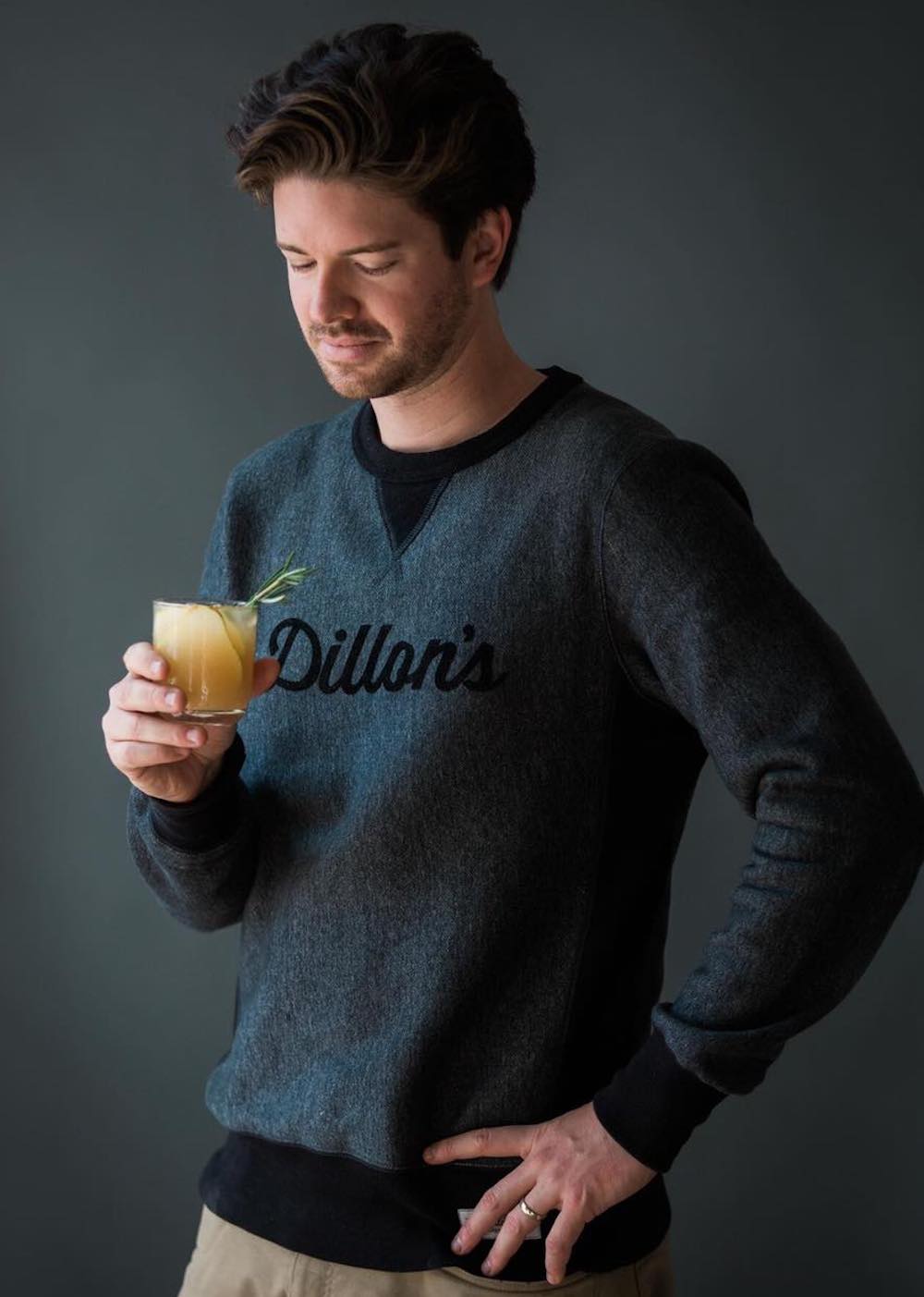
So, why grape based? For the simple reason of supply, since the Niagara region’s many acres of grape vines must be thinned as growers work towards the harvest, and while the discarded clusters might be deemed inferior for winemaking, they are just fine for distilling.
Even so, founder Geoff Dillon, above, didn’t pioneer craft distilling in Niagara just to make spirits out of grapes. From the very start, he was distilling single-source rye grain, to be marketed first as The White Rye, since unaged spirits are not allowed to be called ‘whisky,’ and after an appropriate period of aging, finally appearing in 2016 as Dillon’s Rye Whisky. Both spirits are now distillery staples and mainstays of the Canadian whisky scene.
Along the way, Dillon’s has diversified its product portfolio like few other Canadian craft distilleries. Noting that “the fun part of distilling” is experimentation, Dillon says that there are typically about 30 new products in various stages of development at the distillery at any one time, not all of which will see the light of day, of course.
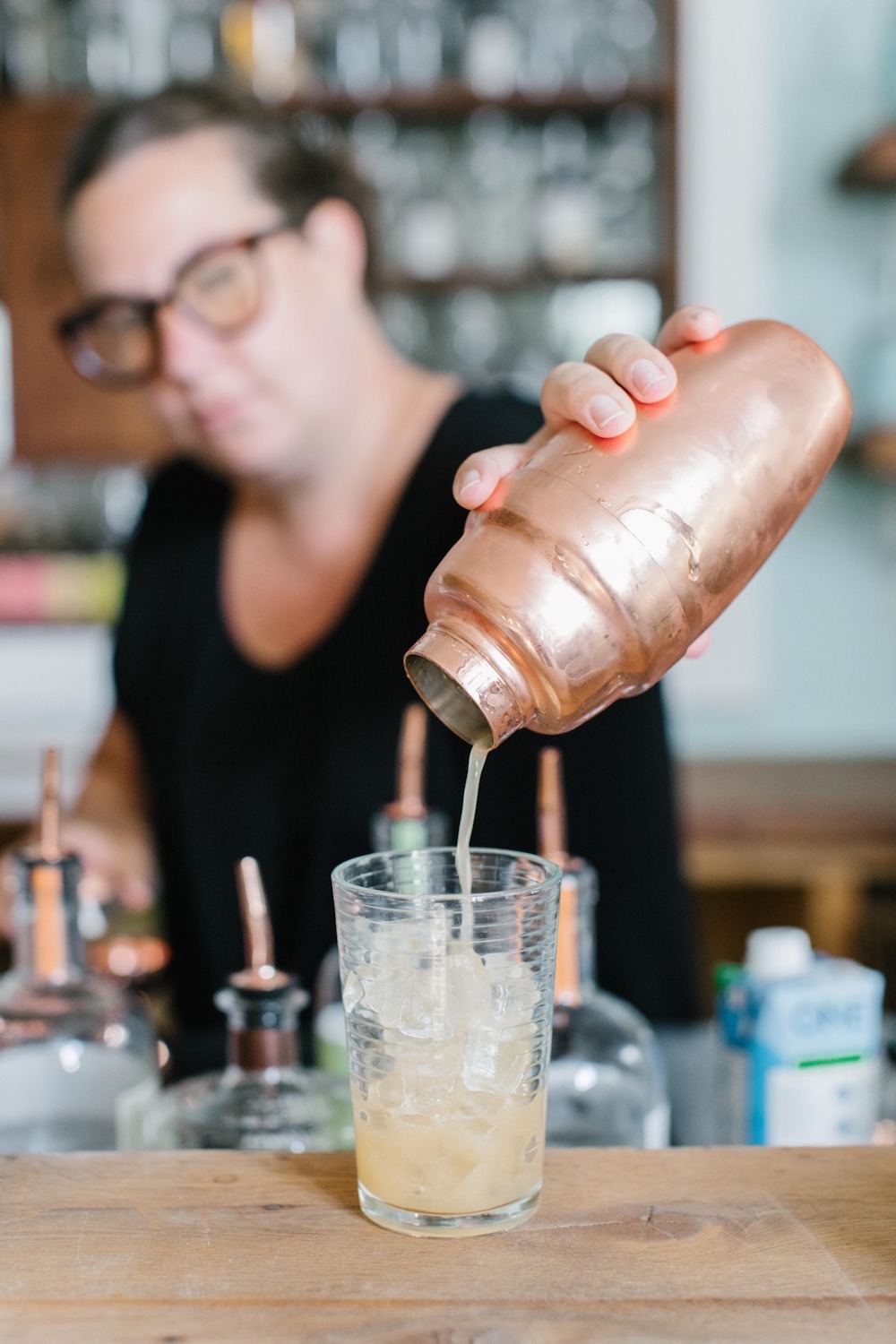
Among the many that have made it through the trialling phase are an exhaustive range of bitters, including such ‘out there’ flavours as wormwood and hot peppers, a pair of fruit-fuelled schnapps and a Cassis, all made with Niagara fruit, and the distillery’s great pandemic success story, a growing family of ‘one pour cocktails’ packaged in proprietary, 125 ml glass bottles.
“The Professor’s Negroni really took off last year,” explains Dillon, speaking about his first bottled cocktail release, “In the early days (of the COVID lockdown) it was the only bottled cocktail bars and restaurants could sell, so everyone wanted it. And because we spent six weeks making hand sanitizer, our stocks of alcohol dwindled quickly.”
Shortages of both spirits and bottles were soon resolved, though, and Dillon’s has since followed up on the Negroni with a new Barrel-Aged Manhattan, which will soon be joined by a third entry, a Sazerac. All the cocktails are gently diluted at the source to equal the strength one would get by mixing the drink at home over ice, so can be enjoyed straight out of the fridge with no further preparation or ice required.
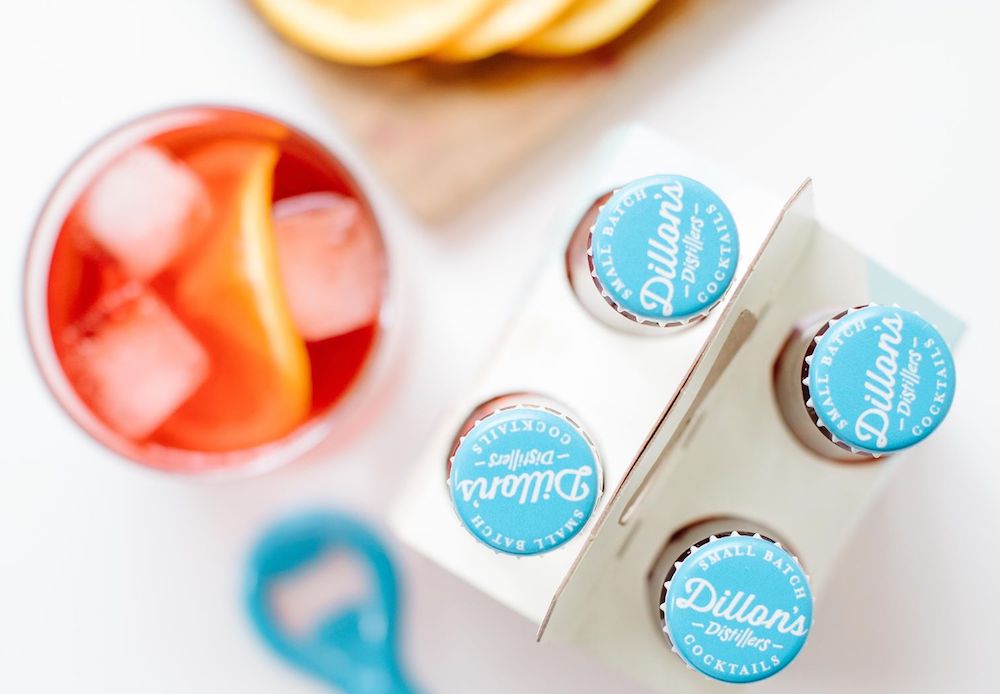
This summer, the distillery’s ‘one pour’ family will double in size with the introduction of a Rhubarb Vesper, a Sour Cherry Martinez, and a Strawberry Negroni.
For those who prefer to make their own drinks at home, Dillon’s diversification has also seen the distillery develop a line of non-alcoholic Cocktail Syrups, which includes cane sugar-based Simple Syrup, a Niagara Grenadine that combines Niagara-grown cherries, raspberries, sumac, rose, and hibiscus, and coming this summer, a new Tonic Syrup. Packaged in maple syrup-style metal tins, they keep for at least three months when refrigerated after opening.
And finally, Dillon teases that he has “some amazing gins” scheduled for release as distillery exclusives this summer, finally revealing after some prodding that they will include a Melon Gin and a Rhubarb Gin. These will join a family that already includes the above-noted Unfiltered Gin 22, the rye-based and London dry style Dry Gin 7, and a trio of flavoured, rye-based gins that pre-date today’s fruit gin mania – Rose, Cherry and Strawberry.
Six to try from Dillon’s
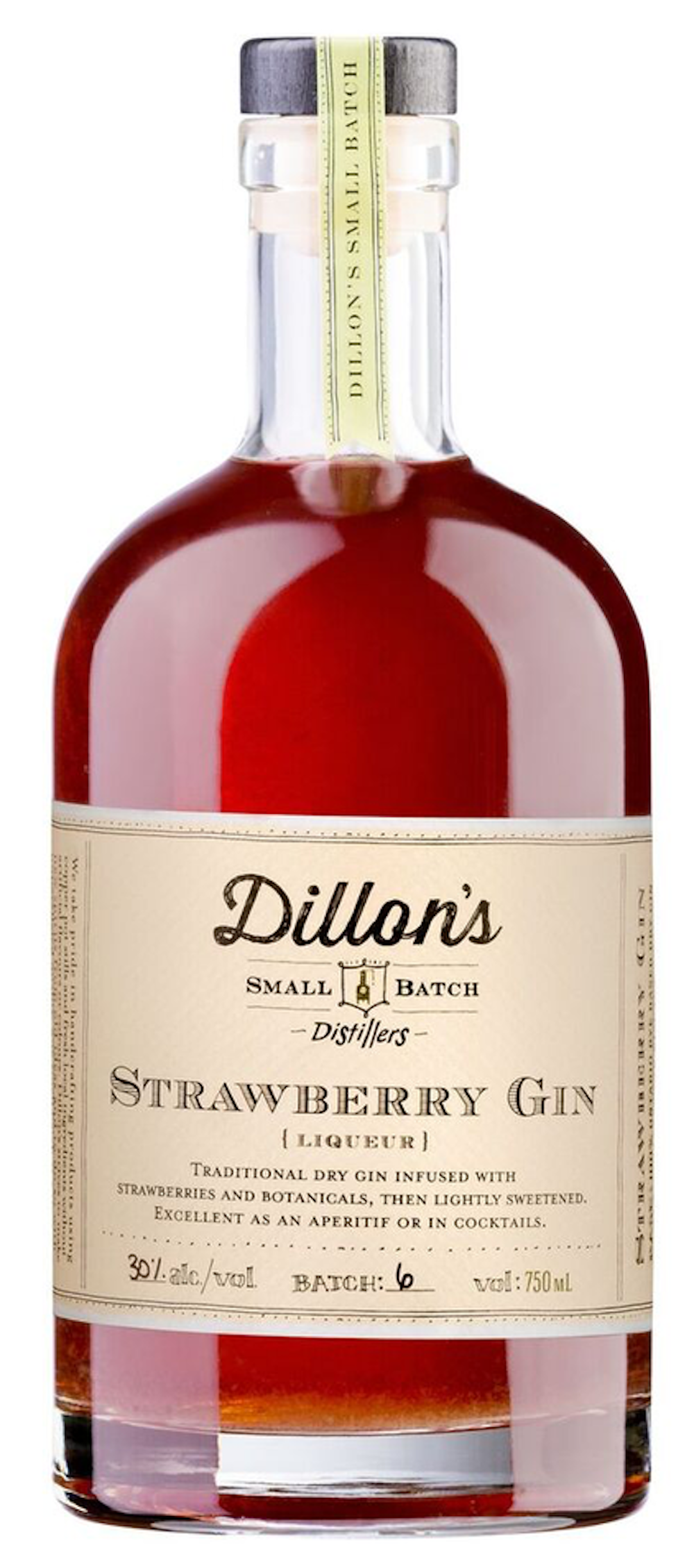 Strawberry Gin Liqueur (30%): I’m not a huge fan of fruited gins, as I mentioned to Dillon’s before they shipped me a sample of this, and I am slightly worried by the presence of the word ‘liqueur,’ which suggests added sugar. But the distillery’s description of “strawberries locked into a bottle” is not far from the this gin’s truth, with a fresh and faintly peppery aroma of the fruit and highly strawberry-forward palate that goes easy on the sweetness and offers ample herbal notes for balance. I suggest keeping a bottle in the fridge and enjoying it neat before, during, and after strawberry season.
Strawberry Gin Liqueur (30%): I’m not a huge fan of fruited gins, as I mentioned to Dillon’s before they shipped me a sample of this, and I am slightly worried by the presence of the word ‘liqueur,’ which suggests added sugar. But the distillery’s description of “strawberries locked into a bottle” is not far from the this gin’s truth, with a fresh and faintly peppery aroma of the fruit and highly strawberry-forward palate that goes easy on the sweetness and offers ample herbal notes for balance. I suggest keeping a bottle in the fridge and enjoying it neat before, during, and after strawberry season.
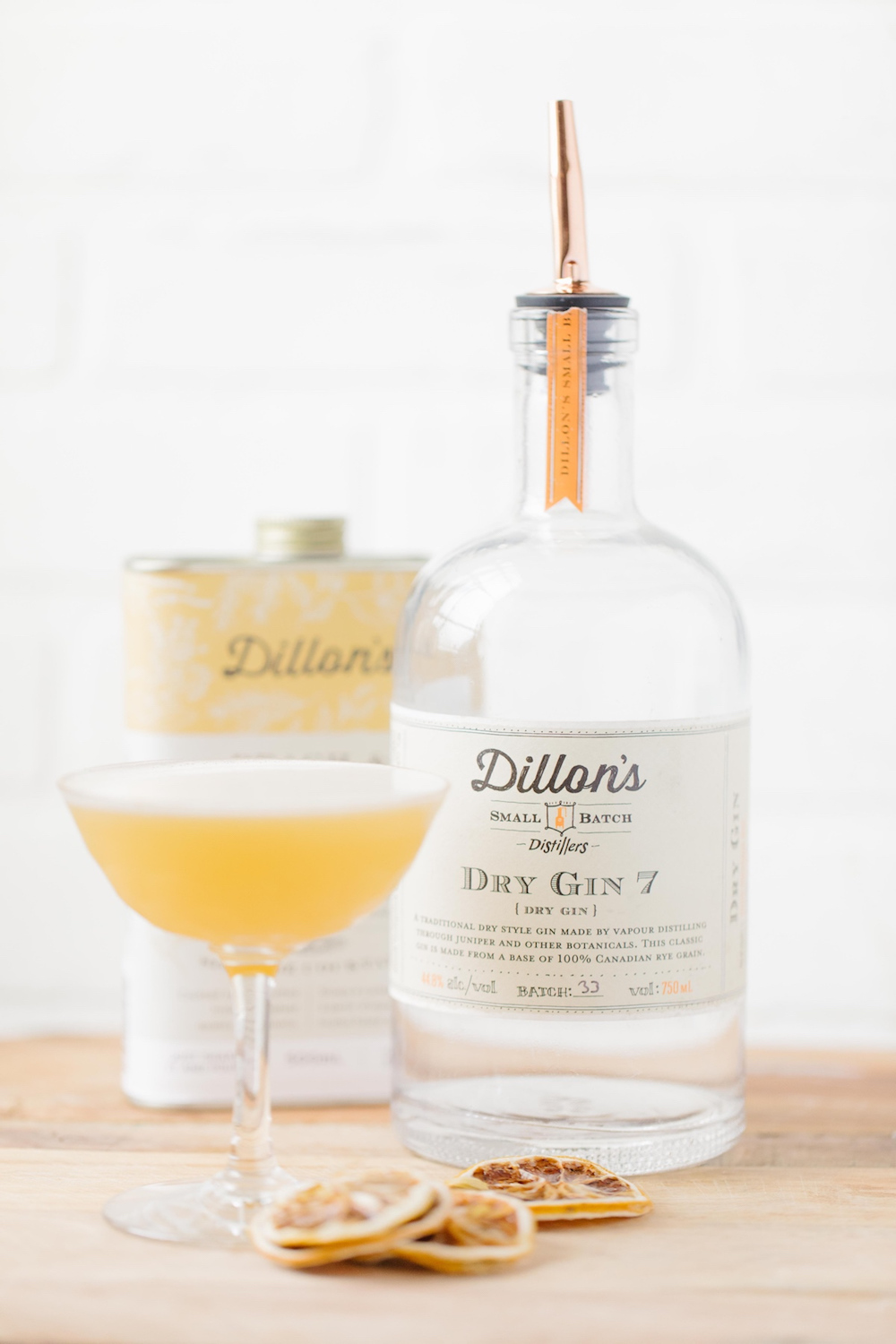
Dry Gin 7 (44.8%): The roundness of the aroma in this London dry style gin is expressive of its rye spirit base, which also provides a degree of its peppery spice alongside the juniper, all accented by floral notes and soft citrus. On the palate, almost minty herbals precede a vibrant and black peppery, coriander-ish body that also boasts a hint of cedar and finishes with a healthy expression of juniper. A stellar example of its style, well suited to a dry Martini or generously proportioned gin and tonic.
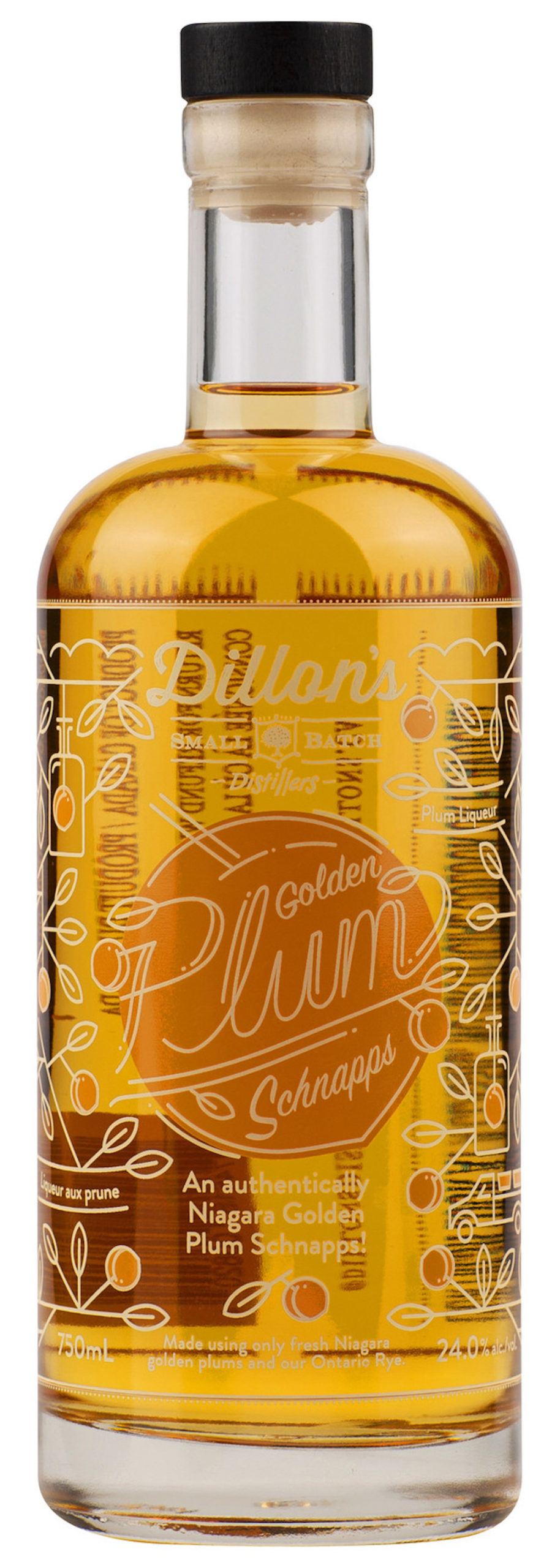 Golden Plum Schnapps (24%): If, like me, you recall dreadful experiences with various brands of flavoured ‘schnapps’ from your younger drinking days, put your fears aside and join me in finding solace and joy in the natural plum flavours and aromas present in this moderately sweet and plummy elixir. Brilliant gold in colour, the nose suggests not just the fruit, but also the grain spirit base, while the palate packs all its golden plum sweetness up front, moves to an increasingly off-dry and peppery middle and finishes with a fruit skin dryness more reminiscent of a well-made plum wine than a fruity liqueur.
Golden Plum Schnapps (24%): If, like me, you recall dreadful experiences with various brands of flavoured ‘schnapps’ from your younger drinking days, put your fears aside and join me in finding solace and joy in the natural plum flavours and aromas present in this moderately sweet and plummy elixir. Brilliant gold in colour, the nose suggests not just the fruit, but also the grain spirit base, while the palate packs all its golden plum sweetness up front, moves to an increasingly off-dry and peppery middle and finishes with a fruit skin dryness more reminiscent of a well-made plum wine than a fruity liqueur.
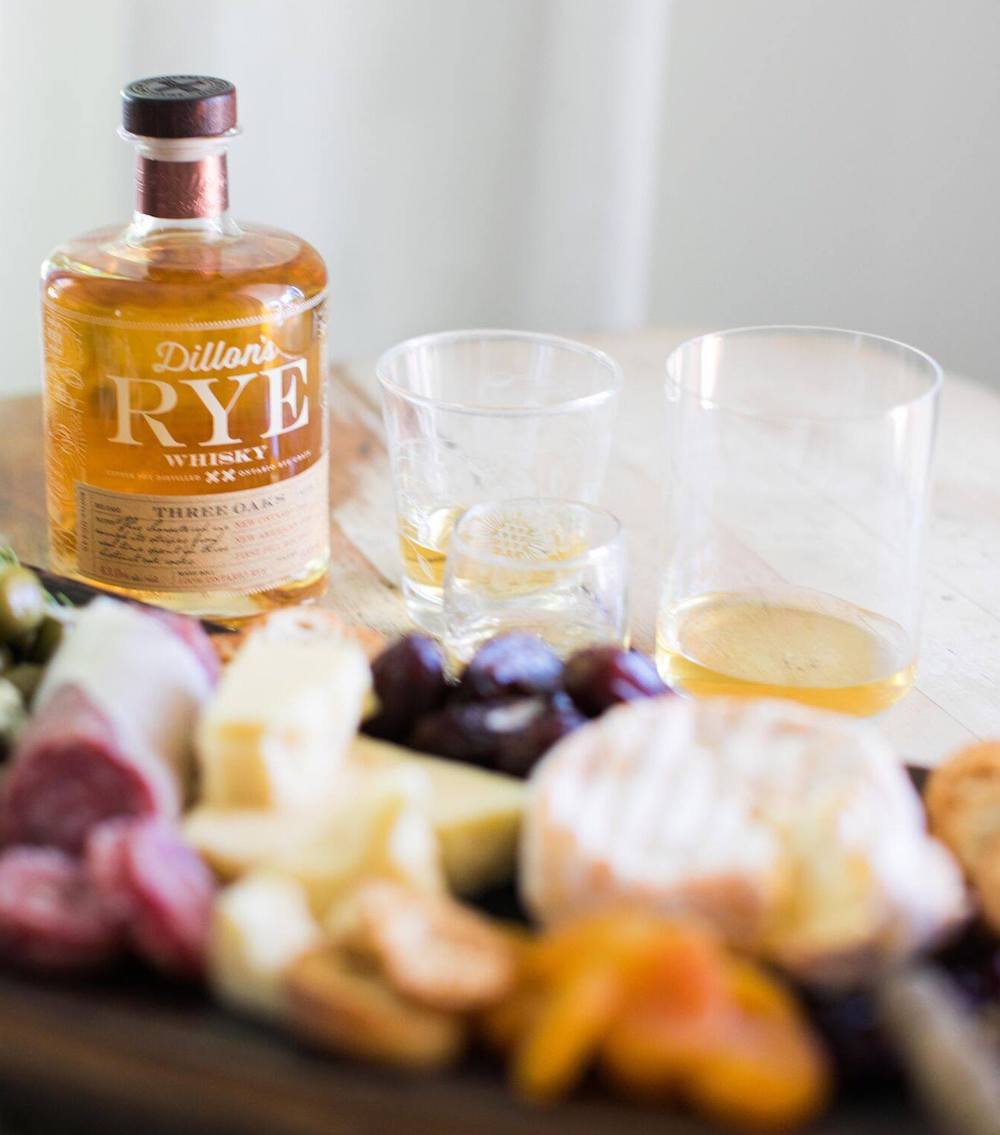
Rye Whisky (43%): While Canadian are used to referring to all our whiskies as ‘rye,’ only a precious few, this included, are made entirely from that grain. In Dillon’s case, it’s rye grown exclusively at a single Ontario farm, producing spirit that is triple-aged in new Ontario oak, new American oak, and ex-bourbon barrels. The result is a punchy, spicy whisky that offers citrus peel, black pepper and vanilla on the nose, and a smooth but agreeably complex body that includes notes of brown spice, oak, burnt citrus, and faint vanilla, all ending bone dry and tongue tingling. A stellar cocktail whisky, but not to be overlooked as a sipper, either.
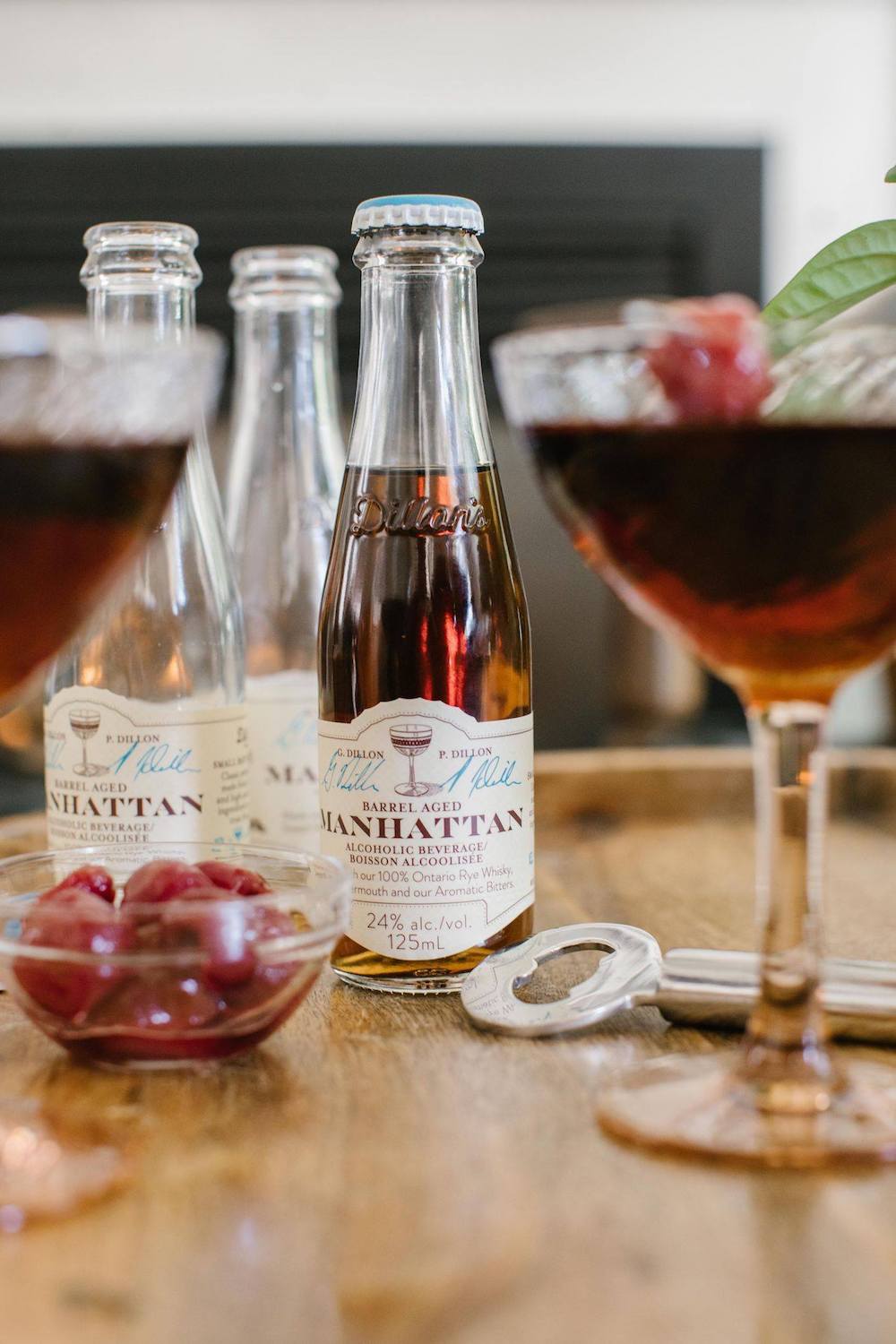
Barrel Aged Manhattan (24%): While I am typically unenthusiastic about packaged cocktails, I have to admit to finding a certain joy in a pop-the-cap-and-pour Manhattan as good as this one. Especially so because of the barrel notes I would be unable to mimic at my home bar, which manifest themselves in hints of charred wood on the nose and an earthy depth of flavour. Those who favour a sweeter bourbon or Canadian whisky Manhattan may find this to be a bit on the dry side, but proponents of the rye Manhattan will be delighted.
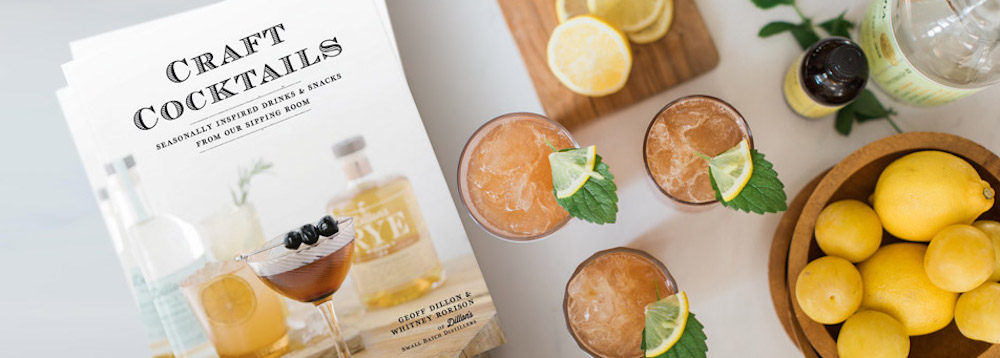
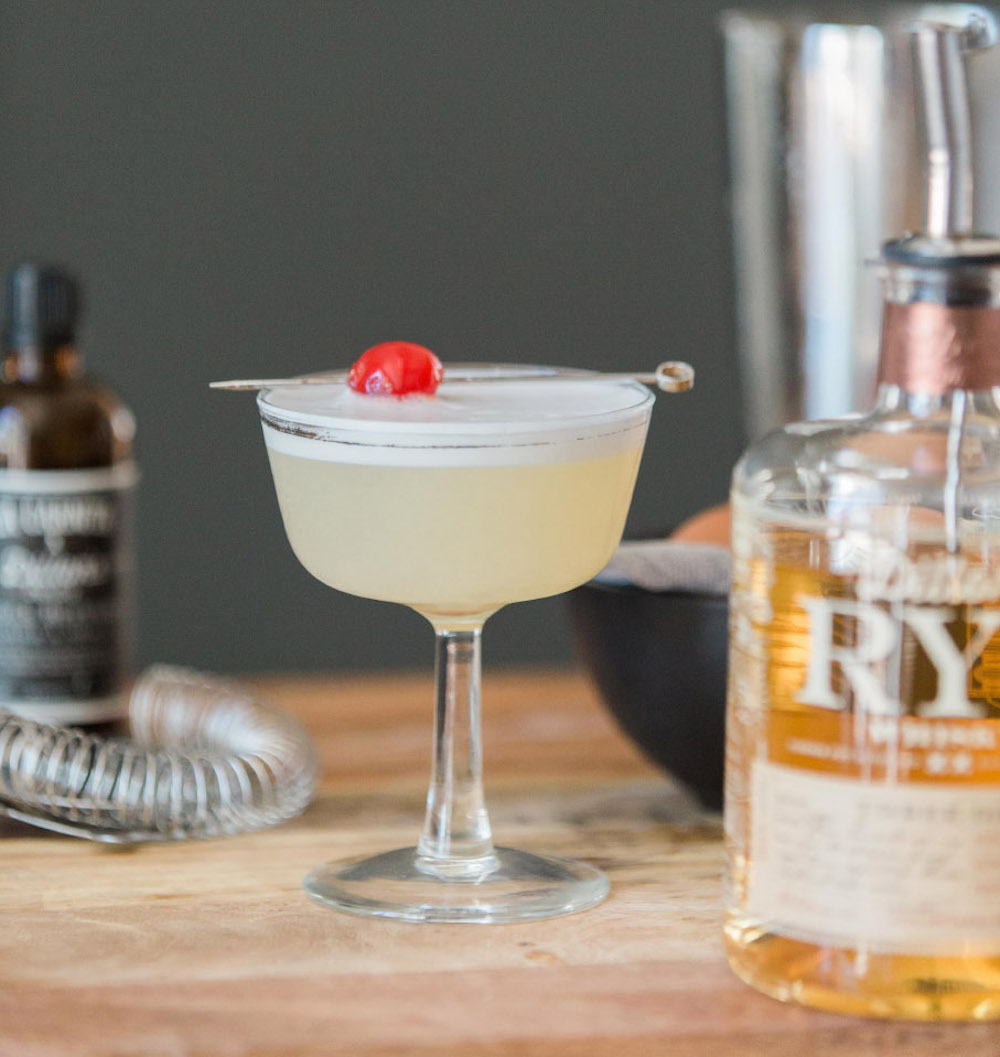
Whisky Sour from Craft Cocktails, by Geoff Dillon & Whitney Rorison: A couple of years ago, Dillon partnered with his distillery’s hospitality manager to publish a cocktail book, from which this springtime Whisky Sour recipe is taken. Cleverly, the book divides its sections not by spirit, but by season, and includes useful hints like using the spring portion of a Hawthorne strainer to increase the frothiness of the cocktail. For this, I combined 2 ounces of Dillon’s Rye Whisky with 1 of lemon juice, ¾ of simple syrup, an egg white and a couple of dashes of aromatic bitters, and shook the bejeezus out of it, including a period with the Hawthorne spring in the shaker. The result was a wonderfully balanced cocktail that not only tasted quite delicious, but was every bit as pretty in the glass as the photo on page 45 of the book makes it look.
About Stephen Beaumont
Stephen Beaumont is one of the world’s leading writers on beer and spirits, with 15 books to his credit, including Canadian Spirits: The Essential Cross-Country Guide to Distilleries, Their Spirits, and Where to Imbibe Them (with Christine Sismondo) and the upcoming, fully revised and updated third edition of The World Atlas of Beer (with Tim Webb).


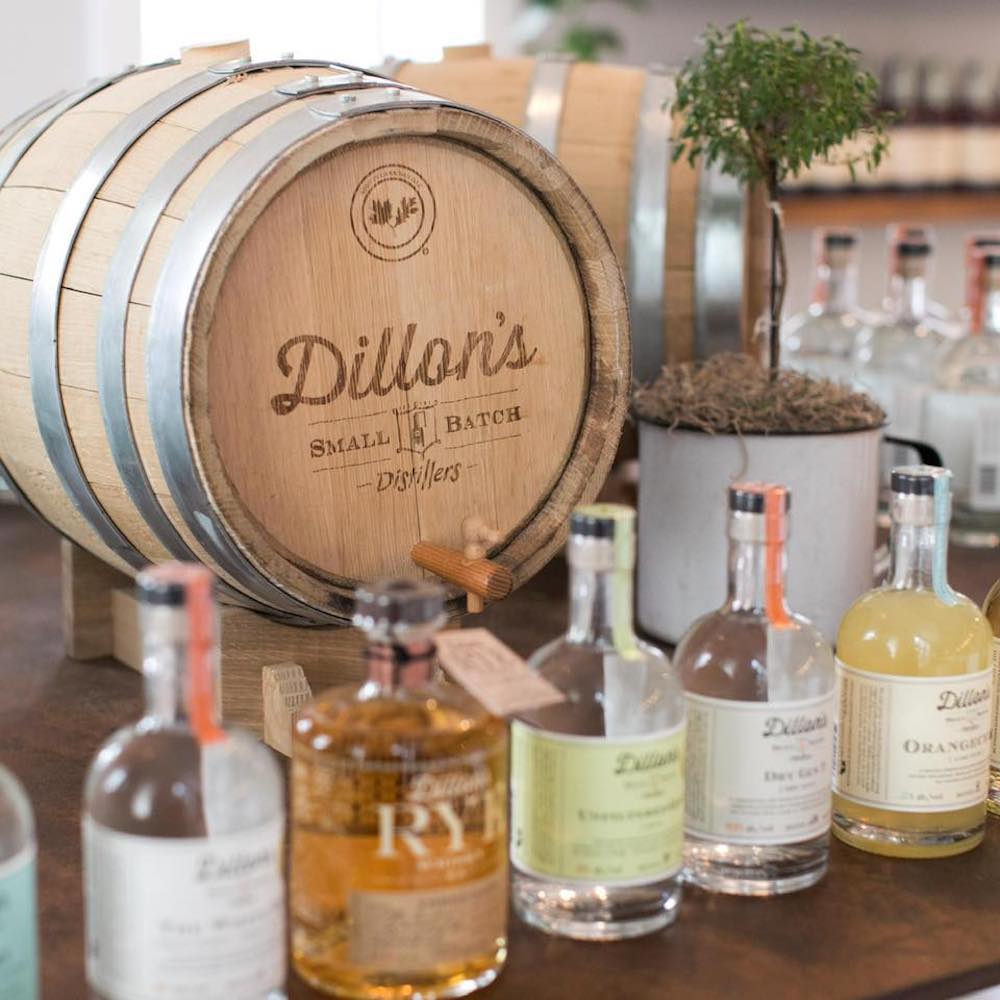







Comment here